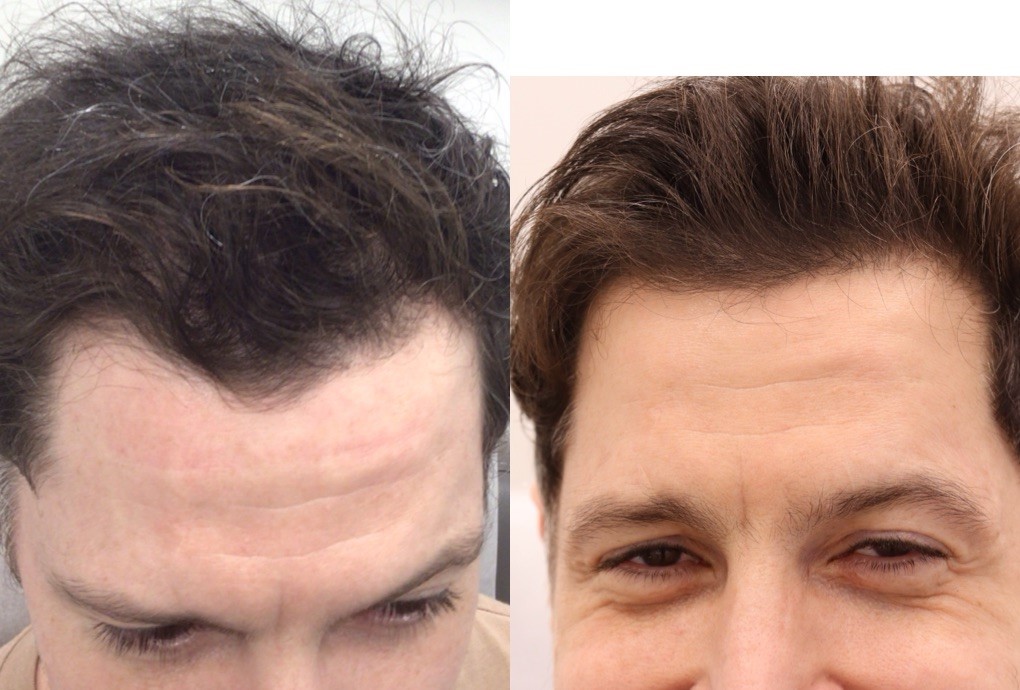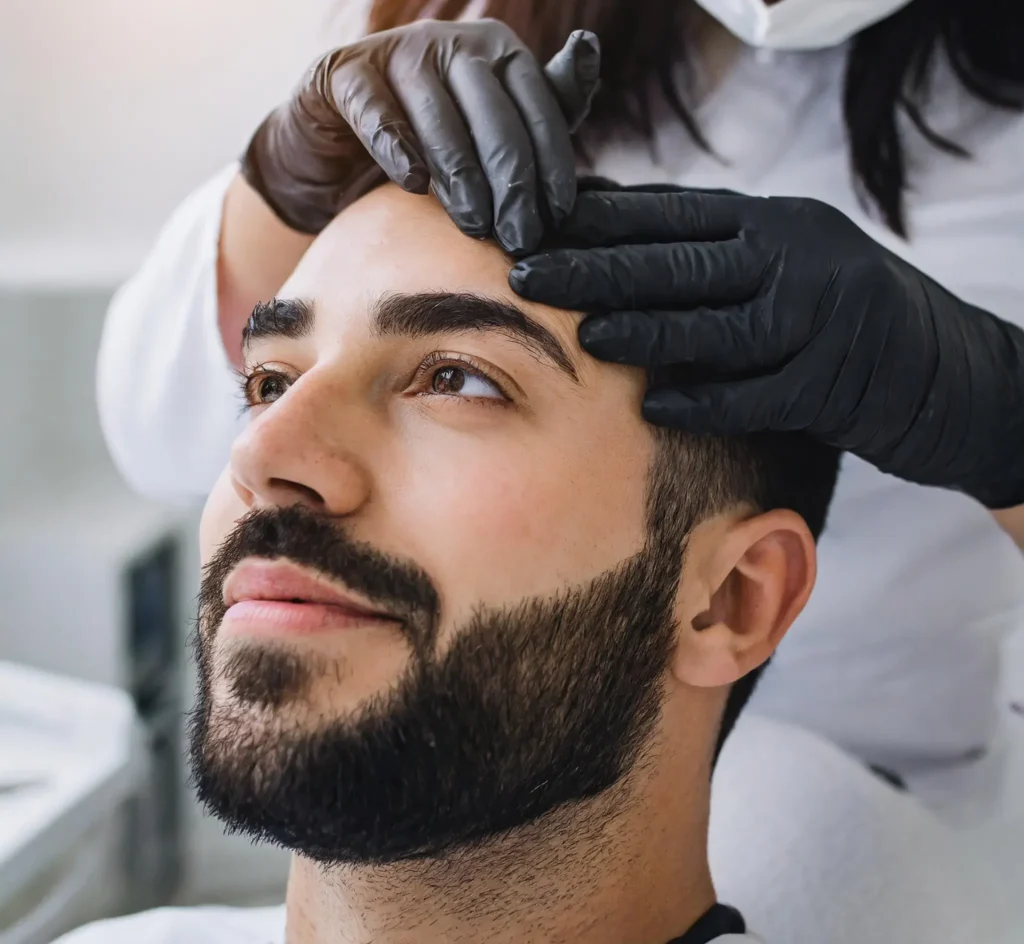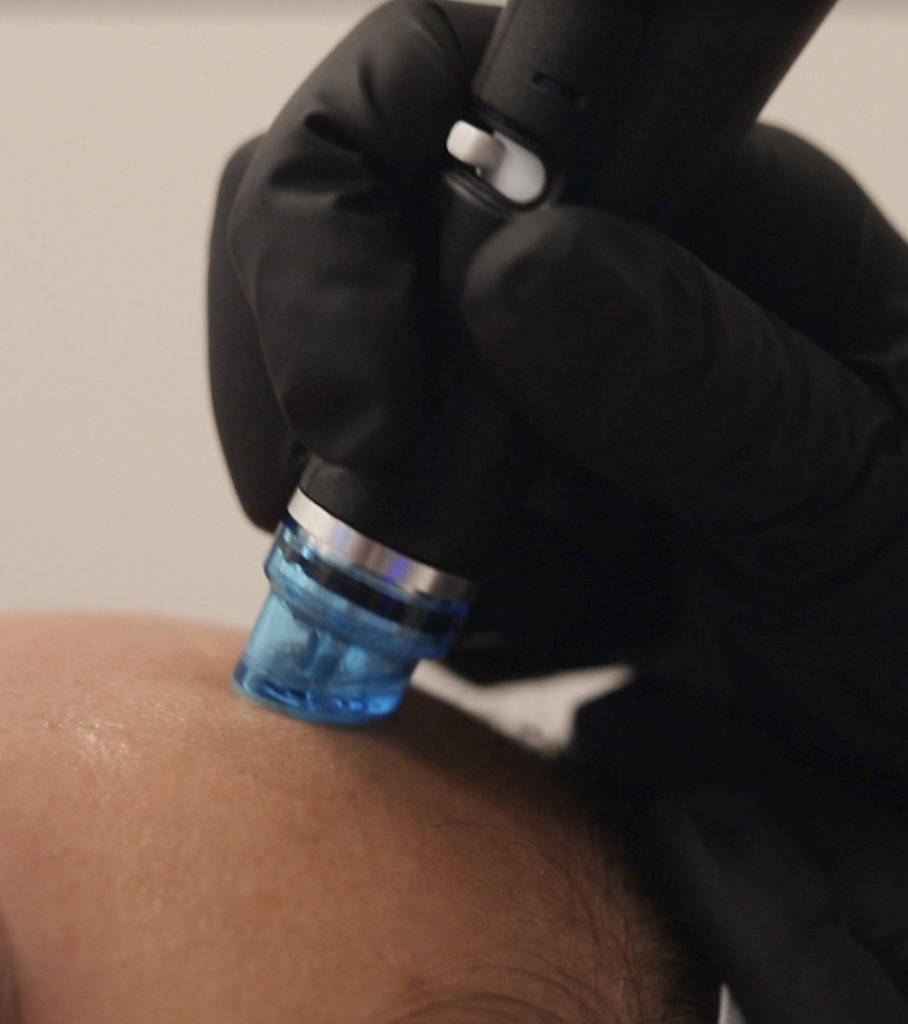Postoperative Hair Growth: Something You Need to Know

Postoperative Hair Growth: Something You Need to Know
Understanding Hairline Restoration
Hairline restoration, a key focus of hair growth surgery, aims to restore a natural-looking hairline by transplanting hair follicles from donor areas to thinning or balding regions. This procedure can dramatically improve your self-esteem and appearance. However, the success of the surgery depends significantly on how you manage your post-operative care.
Immediately after your hair growth surgery, your scalp will need time to heal. The initial few days are crucial for recovery. During this time, it’s normal to experience some swelling, redness, or discomfort. These are common side effects and should subside as your scalp heals.
Tip: Follow your hair transplant expert’s post-operative care instructions closely. This typically includes keeping your scalp clean, avoiding strenuous activities, and taking prescribed medications to prevent infection.
2. Understanding the Shedding Phase
3. Hair Growth Timeline
Postoperative hair growth typically follows a predictable timeline:
- 1-2 Months Post-Surgery: The shedding phase, you might not see much visible growth, but the follicles are starting to work beneath the surface.
- 3-4 Months: Hair growth becomes more noticeable, and you may start to see the early stages of new hair filling in. The hair will begin to thicken and gain color.
- 6-12 Months: This period is when you will see the most significant improvement. The transplanted hair should have grown thicker and fuller, and the results of your hairline restoration will become more apparent.
4. Postoperative Care Tips
To ensure the best results from your hair growth surgery, follow these care tips:
- Avoid Touching or Scratching: Keep your hands away from the transplanted area to prevent dislodging the hair follicles.
- Use Gentle Products: Opt for mild shampoos and avoid any harsh chemicals that could irritate your scalp.
- Protect Your Scalp: Wear a hat or avoid direct sun exposure to protect the healing follicles from UV damage.
- Stay Hydrated and Eat Well: Proper nutrition and hydration play a vital role in promoting healthy hair growth.
It’s important to have realistic expectations about your hair restoration journey. Hair growth varies from person to person, and results can depend on several factors including the quality of the donor hair, the skill of the surgeon, and individual healing responses.
Remember:Patience is key. Full results may take up to a year to become evident. Regular follow-ups with your hair transplant specialist at Hair Transplant Centre Toronto can help track progress and address any concerns along the way.
Hairline restoration is a long-term investment in your appearance and self-confidence. Once the full results of your hair growth surgery are visible, you’ll be able to enjoy a fuller, natural-looking hairline that enhances your overall appearance.
By adhering to post-operative care instructions and maintaining a positive outlook, you can optimize the success of your hairline restoration and achieve the desired outcome.
For more information or to schedule a consultation, contact Hair Transplant Centre Toronto today. Our team of experts is here to guide you through every step of your hair restoration journey, ensuring you get the results you’ve always wanted.
Do you have any questions about Postoperative Hair Growth?
- +1 (416) 861-8600
- Contact via Email
Additional Hair Loss Treatments
FUE Hair Transplant
Crown Hair Transplant
Hairline Transplant
PRP Hair Treatment


